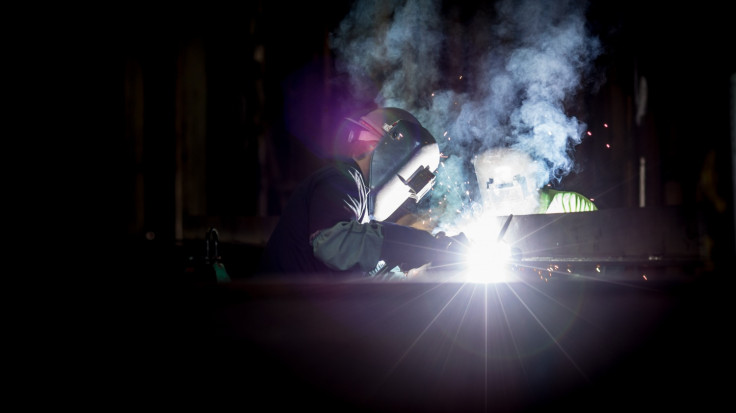Here is Why Plasma Cutting is the Preferred Method for Making Tables
Created by
Introduction
Plasma cutting is a versatile and efficient method used in metal fabrication that offers numerous advantages over other cutting techniques. This article explores what plasma cutting is and why it has become the preferred method for fabricating tables. From its precise and fast cutting capabilities to its versatility in handling various materials, plasma cutting has revolutionized the fabrication industry.
Understanding Plasma Cutting
Plasma cutting is a thermal cutting process that utilizes a high-temperature plasma arc to melt and remove metal. It involves the use of a plasma cutter, which directs a high-velocity jet of ionized gas, known as plasma, onto the metal surface. As the plasma makes contact, it rapidly heats and melts the material, while a high-velocity gas stream blows away the molten metal, creating a clean and precise cut.
Precise and Fast Cutting
One of the primary reasons plasma cutting is favored for fabricating tables is its precision and speed. Plasma cutters offer exceptional accuracy, allowing for intricate cuts and shapes with minimal kerf width (the width of the cut). This precision enables fabricators to create intricate designs, patterns, and details on table surfaces, ensuring a high-quality finished product. Additionally, plasma cutting is significantly faster compared to traditional cutting methods, reducing production time and increasing efficiency.
Versatility in Materials
Plasma cutting is highly versatile and can effectively cut a wide range of materials used in table fabrication. Whether it is mild steel, stainless steel, aluminum, brass, or copper, plasma cutters can handle these materials with ease. The ability to cut various metals makes plasma cutting ideal for fabricating tables that require different material combinations or customized designs.
High Cut Quality
Plasma cutting offers exceptional cut quality, delivering smooth edges and precise finishes. The concentrated plasma arc provides a narrow heat-affected zone, minimizing distortion and maintaining material integrity. This high-quality cut eliminates the need for extensive post-cutting processes, such as grinding or smoothing, reducing labor time and costs associated with finishing.
Cost-Effective Solution
Plasma cutting is a cost-effective method for fabricating tables, particularly when compared to other cutting techniques like laser cutting or waterjet cutting. Plasma cutters are typically more affordable to purchase and maintain than laser cutters, making them a viable option for small to medium-sized fabrication businesses. The speed and efficiency of plasma cutting table also contribute to cost savings, as it reduces labor time and increases production capacity.
Versatility in Table Designs
Plasma cutting offers unparalleled design flexibility for table fabrication. Its precise cutting capabilities enable the creation of intricate patterns, logos, text, and decorative elements on table surfaces. This allows fabricators to cater to diverse customer preferences and market demands, offering unique and customized table designs. The versatility of plasma cutting supports creativity and innovation in table fabrication, providing a competitive edge in the industry.
Efficiency in Large-Scale Production
For manufacturers engaged in large-scale table production, plasma cutting proves highly efficient. Plasma cutting machines are available in different sizes, allowing fabricators to handle tables of varying dimensions. The speed and accuracy of plasma cutting enable rapid production of multiple tables, meeting tight deadlines and high-volume demands without compromising quality.
Conclusion
Plasma cutting has emerged as the preferred method for fabricating tables, revolutionizing the metal fabrication industry. Its precise and fast cutting capabilities, versatility in materials, high cut quality, cost-effectiveness, and design flexibility make it a valuable tool for fabricators. The ability to create intricate designs, handle various materials, and deliver high-quality finished products sets plasma cutting apart from other cutting techniques. As the demand for customized and aesthetically appealing tables grows, plasma cutting continues to shape the future of table fabrication, offering efficiency, precision, and limitless design possibilities.
© 2026 University Herald, All rights reserved. Do not reproduce without permission.








